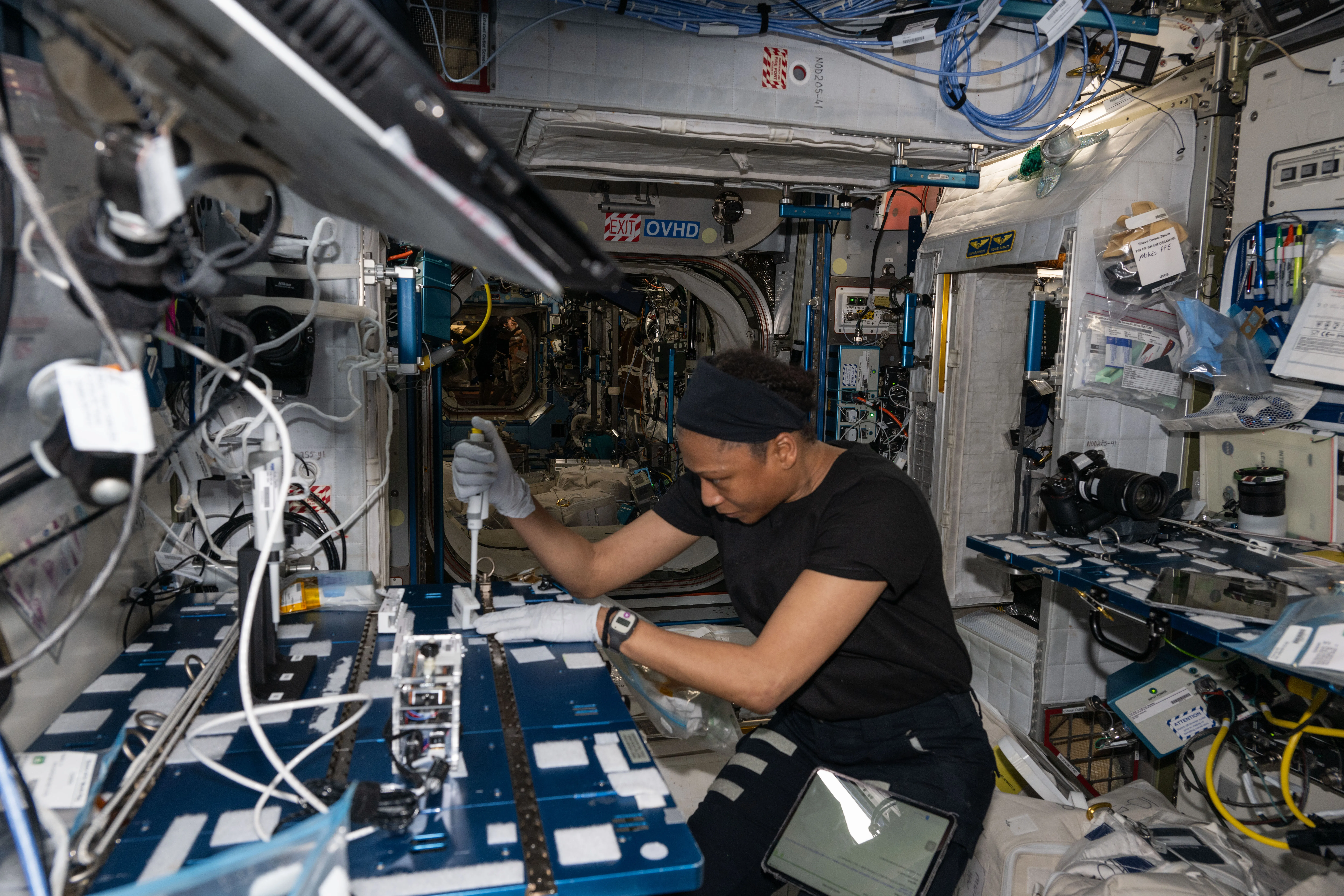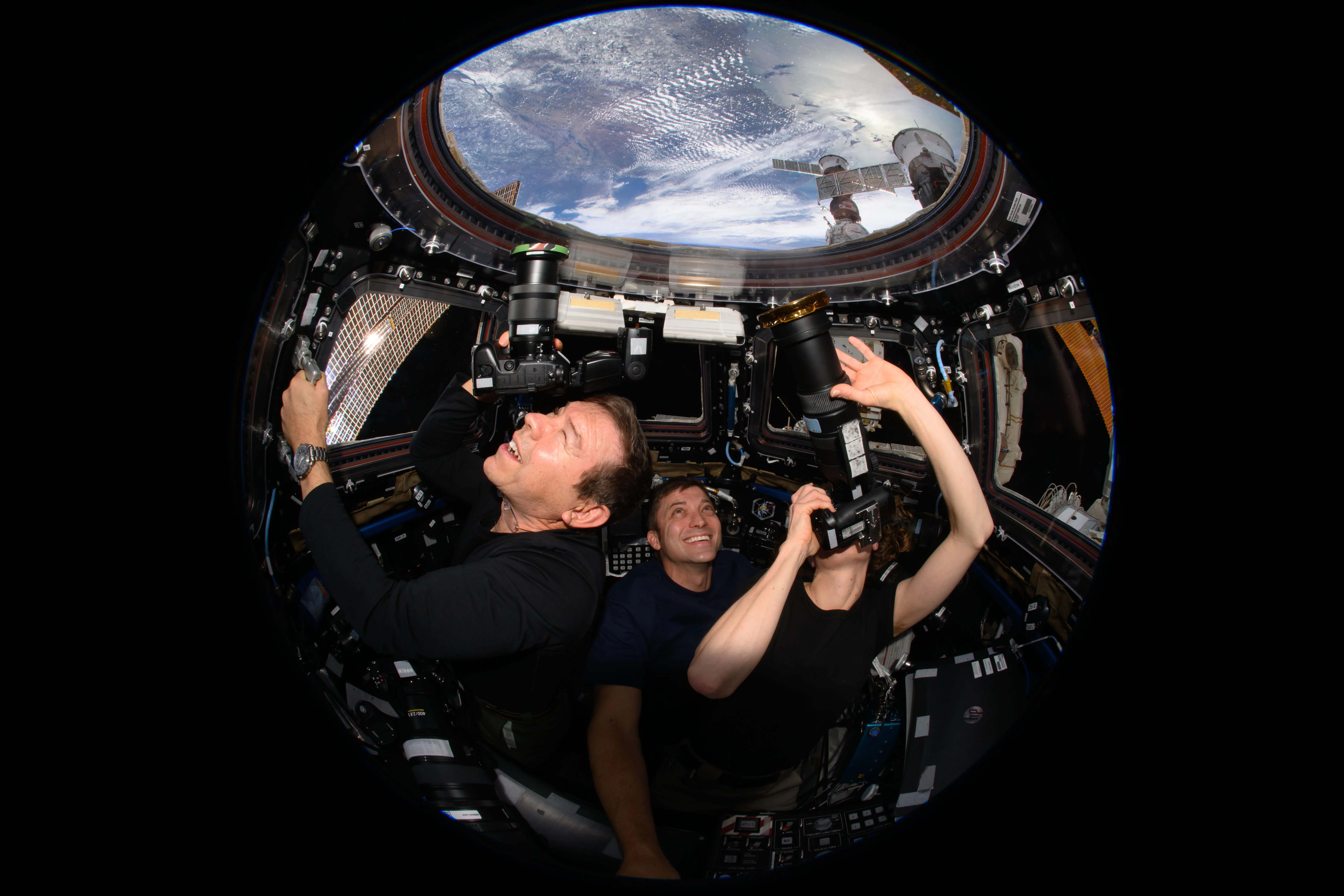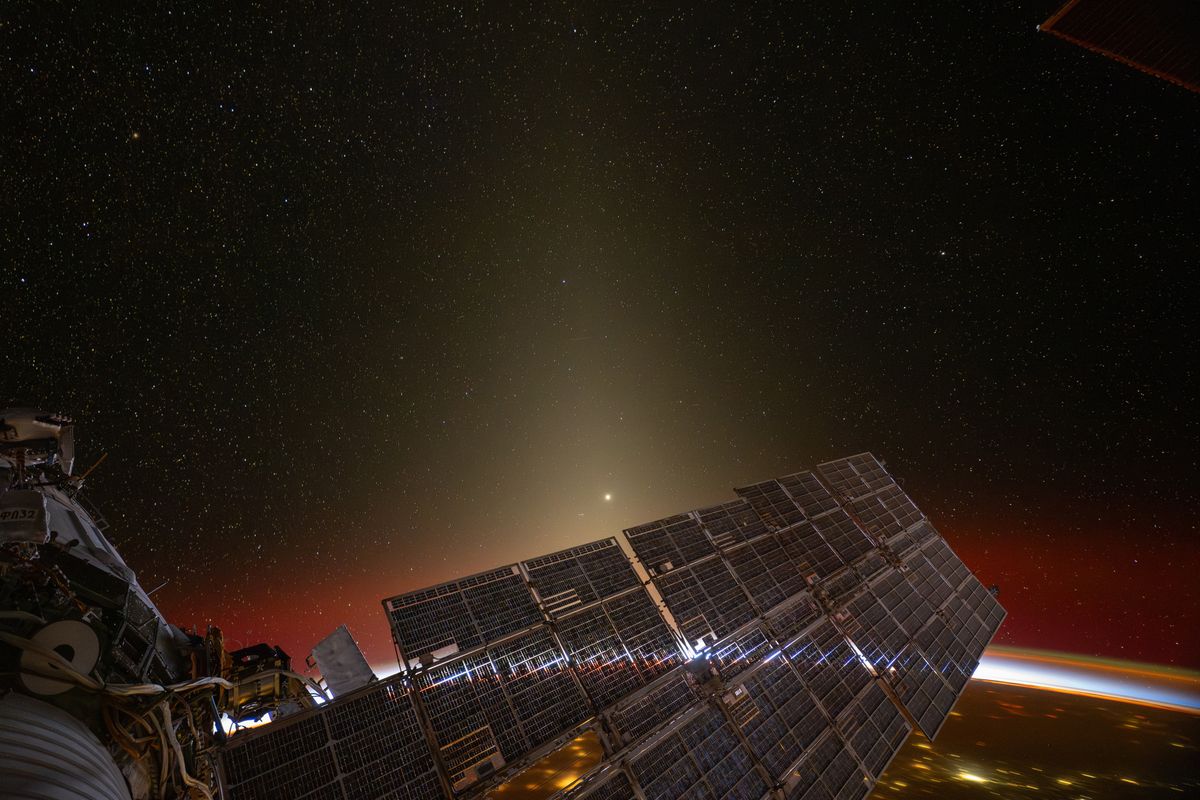
After over seven months at the International Space Station (ISS), the NASA SpaceX Crew-8 will come back down to Earth tomorrow, 25 October 2024, and you can watch the "splashdown" live through NASA’s website.
Commander Matthew Dominick, a keen astrophotographer, pilot Michael Barratt, and mission specialists Jeanette Epps and Alexander Grebenkin launched in to space on 04 March, and have spent the last seven months conducting scientific research from their orbiting laboratory, and will return with important and time-sensitive information.
They undocked from the ISS yesterday (23 October) and boarded the SpaceX Dragon spacecraft, and, weather permitting, are scheduled to “splashdown” at one of the multiple zones available off the coast of Florida tomorrow at approximately 3:29 am EDT.

Among the many milestones achieved by the astronauts while aboard the ISS was furthering the research for the Genomic Enumeration of Antibiotic Resistant in Space experiment, which surveys the station for antibiotic-resistant organisms and sequences their DNA to examine adaptations in space.
Another fascinating experiment the astronauts have been undertaking is bioprinting tissue samples, which are higher quality when printed in microgravity than on the ground.
Dominick has spent some of his time aboard the ISS processing tissue samples for the Redwire Cardiac Bioprinting Investigation, and results could advance the production of organs and tissues for transplant and improve 3D printing of foods and medicines on future long-duration space missions.

A keen photographer, Dominick has taken many incredible photographs from the station's cupola with his trusty Nikon Z9, and along with Barratt they have added more than 4.7 million images for Crew Earth Observations, to see how the Earth is changing over time.
These images also support scientific studies on topics ranging from aquatic organisms and icebergs, to the effect of artificial lightning at night, and inform the response of decision-makers to natural disasters such as volcanoes and floods.

Taking photographs of the Moon throughout the lunar cycle to study changes in the light it reflects from the Earth has also been a key part of this mission.
The results could play a key part in validating the concept of observing Earth’s climate from satellite -borne instruments and add to researchers;’ understanding of how the planet’s climate is changing.
Interested in getting in to astrophotography? Take a look at our guide to the best cameras for astrophotography, the best lenses for astrophotography and the best star tracker mounts for astrophotography.







